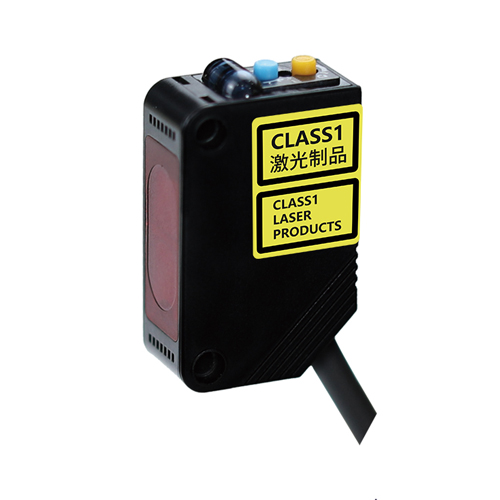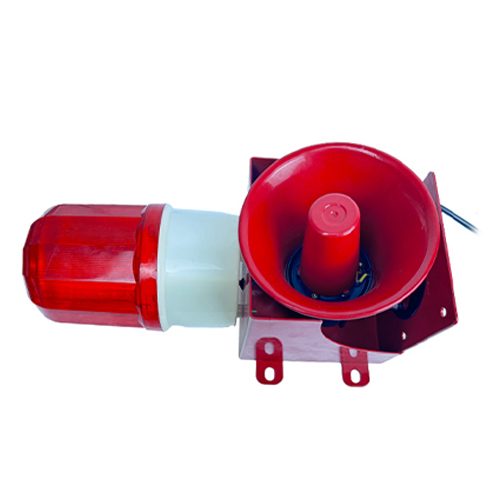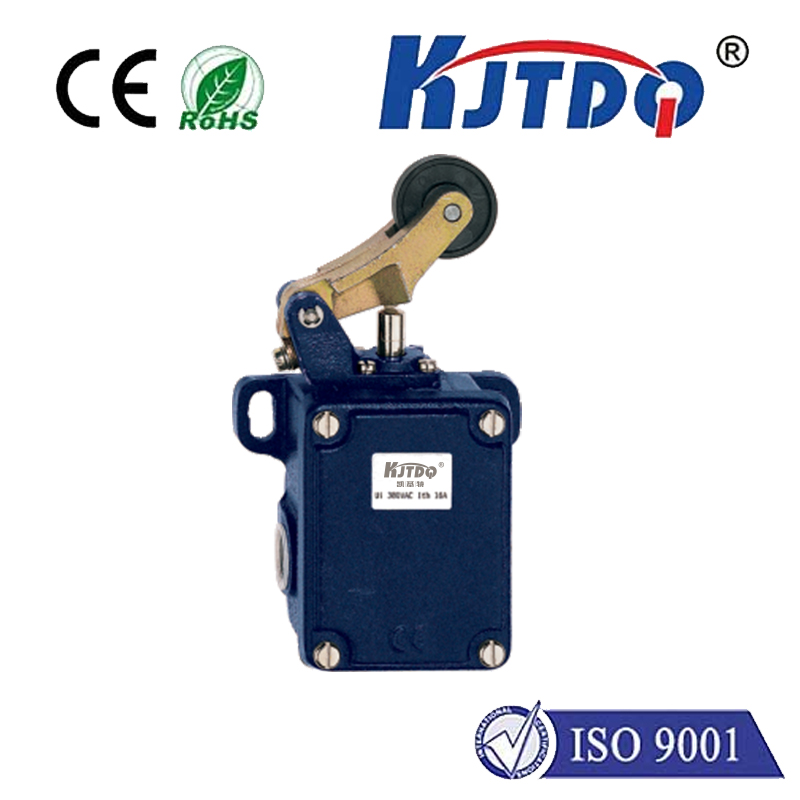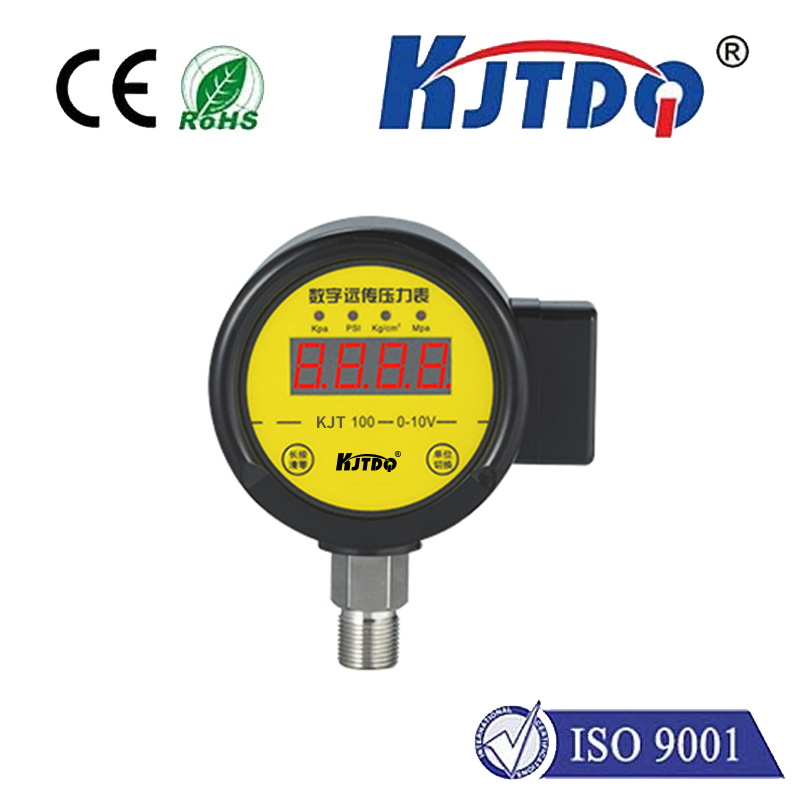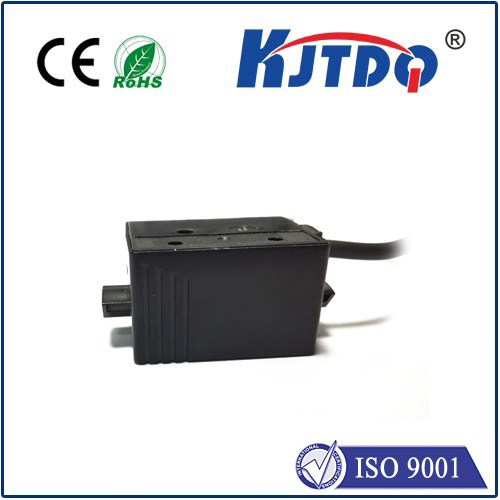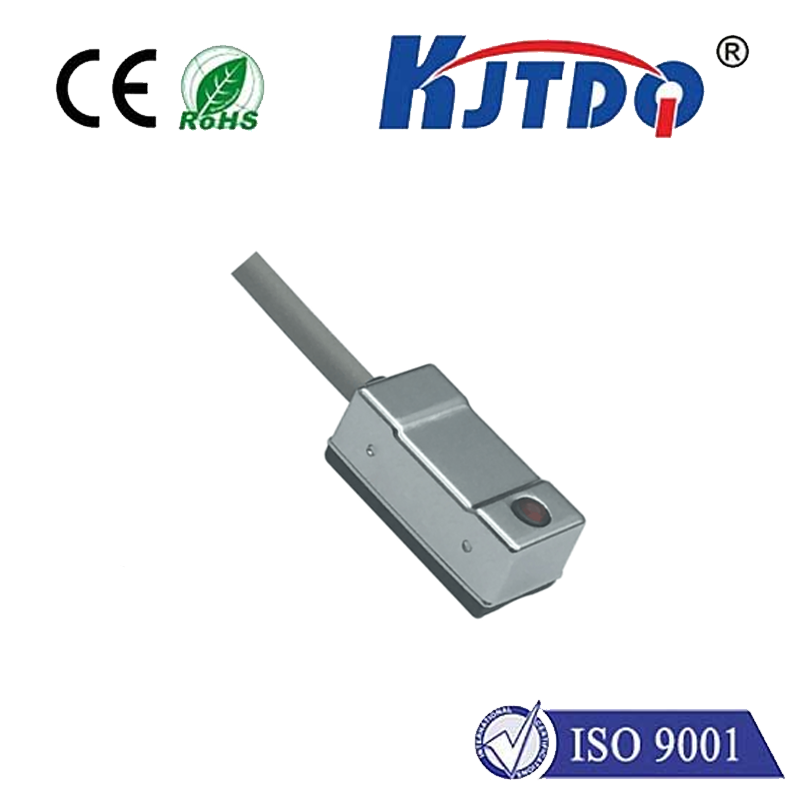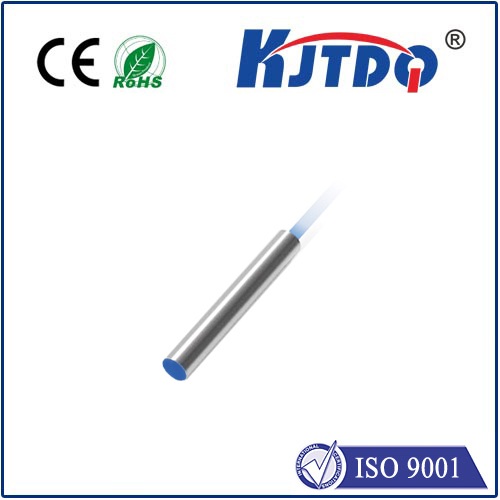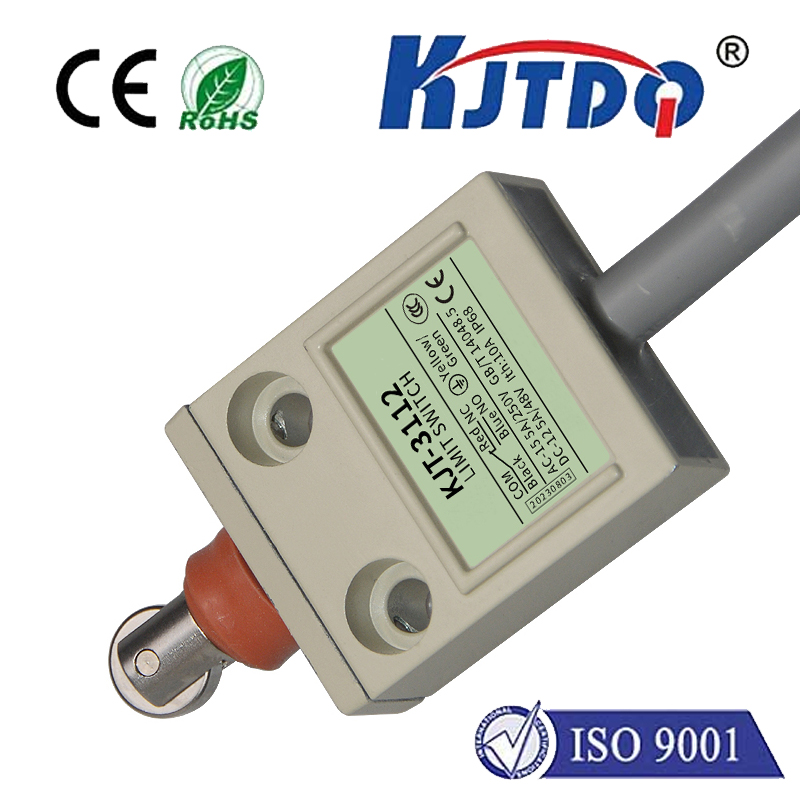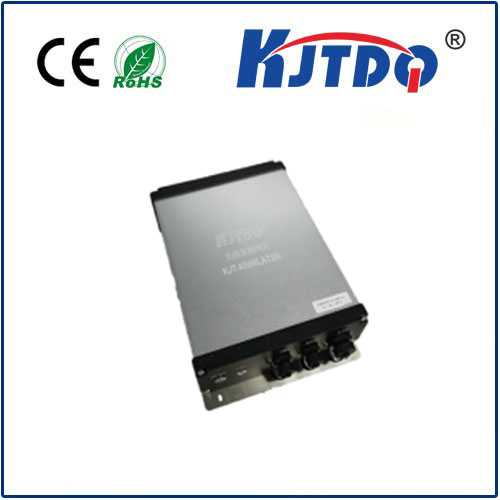proximity sensor 1 meter
- time:2025-07-16 08:57:14
- Click:0
Mastering the Meter: Exploring the Power of 1-Meter Proximity Sensors
Imagine an automated factory floor where robotic arms move with precision, never colliding. Picture warehouse gates swinging open seamlessly as a forklift approaches, or hands-free sanitizer dispensers activating just in time. Often operating silently in the background, proximity sensors are the unseen guardians enabling this smooth automation. Specifically, proximity sensor 1 meter detection capability represents a critical sweet spot in sensing technology, bridging the gap between close-quarters control and broader area awareness. This article delves into the world of proximity detection at the one-meter mark, exploring its significance, technologies, and diverse applications.
Understanding Proximity Sensors and the 1-Meter Benchmark
At their core, proximity sensors are devices designed to detect the presence or absence of an object without physical contact. They achieve this by emitting a field (electromagnetic, ultrasonic, or optical) and sensing changes caused by a target object entering that field. The range of a sensor – the maximum distance at which it can reliably detect an object – is a paramount specification.
The 1-meter proximity sensor occupies a vital niche. While sensors exist for detecting objects millimeters away (like in precision machining) or several meters away (like parking sensors), the one-meter range offers a unique balance:
- Safety Buffer: Provides ample reaction time for machinery to slow or stop, crucial for human-machine interaction zones or automated guided vehicles (AGVs).
- Practical Maneuvering: Ideal for applications like automated gates, door activation, or vehicle approach detection where objects need signalling before immediate contact.
- Zone Control: Effectively monitors presence within a defined, moderately sized area, such as near equipment access points or in material flow paths.
- Cost & Power Efficiency: Often represents a more energy-efficient and potentially cost-effective solution compared to very long-range sensors, while offering significantly more reach than ultra-short-range variants.
Key Technologies Powering the 1-Meter Range
Several sensing technologies are commonly employed to achieve reliable detection up to one meter. Understanding their differences is key to selecting the right sensor for the job:
- Ultrasonic Proximity Sensors:
- How they work: Emit high-frequency sound waves and measure the time taken for the echo to return. Distance is calculated based on the speed of sound.
- Reaching 1 Meter: Ultrasonic sensors are well-suited for this range. They can detect a wide variety of materials (solid, liquid, granular) and are relatively unaffected by color or transparency. They perform reasonably well in challenging environments like dust or light fog.
- Considerations: Performance can be affected by temperature fluctuations (since sound speed changes with temperature), air turbulence, and extremely soft or sound-absorbing materials. They offer good general-purpose detection at 1 meter.
- Capacitive Proximity Sensors:
- How they work: Detect changes in capacitance caused by a target object entering an electrostatic field generated by the sensor.
- Reaching 1 Meter: Achieving a full 1-meter range with standard capacitive sensors is challenging but possible with larger sensor heads or specialized designs. They excel at detecting non-metallic materials (liquids, plastics, wood, granular substances) that inductive sensors miss.
- Considerations: Detection range is highly dependent on the target material’s size, density, and conductivity. Highly sensitive to environmental factors like moisture and humidity. More commonly used for shorter ranges (<300mm), but specialized 1-meter variants exist for specific non-metallic detection needs.
- Inductive Proximity Sensors:
- How they work: Generate an electromagnetic field. When a metallic target enters this field, it induces eddy currents within the metal, causing a detectable change in the sensor’s oscillation.
- Reaching 1 Meter: Traditional inductive sensors are primarily designed for short ranges (typically millimeters to a few tens of millimeters). Some specialized, larger inductive sensors can reach 1 meter, but this is less common and usually optimized for specific large metal target detection.
- Considerations: Crucially, standard inductive sensors are NOT the typical solution for general 1-meter proximity detection due to their inherent short-range nature primarily for metals.
- Photoelectric Sensors (Specifically Long-Range Diffuse and Retro-Reflective):
- How they work: Emit a beam of light (visible, infrared, laser) and detect its presence or absence (through-beam) or its reflection off a target (diffuse and retro-reflective modes).
- Reaching 1 Meter: Long-range diffuse mode sensors and retro-reflective sensors are excellent candidates for 1-meter detection. Laser-based models, in particular, offer precise detection at this distance. They work well on various surface types and colors.
- Considerations: Performance can be impacted by ambient light interference (especially visible light sensors), dirt/contamination on lenses or reflectors, and transparent or highly reflective targets. Through-beam types (separate emitter/receiver) offer the longest ranges but require precise alignment.
- Millimeter-Wave (mmWave) Radar Sensors (Emerging):
- How they work: Emit radio waves in the millimeter wavelength spectrum and analyze the reflected signal to detect presence, distance, speed, and even direction of objects.
- Reaching 1 Meter: mmWave sensors excel at precisely detecting objects at 1 meter and beyond. They are highly robust against environmental challenges like dust, smoke, rain, fog, and varying lighting conditions. They can often detect through non-metallic materials.
- Considerations: Generally more complex and potentially higher cost than simpler sensors, but offer superior performance in harsh conditions and the ability to detect multiple objects and their movement.
Comparison of Common 1-Meter Proximity Sensor Technologies
| Feature |
Ultrasonic |
Capacitive |
Inductive (Spec.) |
Photoelectric (Long-Range) |
mmWave Radar |
| Primary Target |
Solids, Liquids |
Non-Metals, Liquids |
Metals Only |
Various Surfaces |
Almost Any Object |
| Typical 1m Viability |
Good |
Possible (Spec.) |
Rare (Spec.) |
Very Good |
Excellent |
| Material Sensitivity |
Low |
High |
High (Metals) |
Medium (Color/Finish) |
Very Low |
| Environment Robustness |
Moderate (Temp/Draft) |
Low (Humidity) |
High |
Medium (Light/Dirt) |
Excellent |
| Multi-Target/Info |
Limited |
No |
No |
Limited |
Yes (Speed/Dir) |
Where Does the 1-Meter Proximity Sensor Shine? Applications Galore
The versatility of the one-meter detection proximity sensor makes it invaluable across numerous industries:
- Industrial Automation: Safeguarding personnel near robots or machinery (safety light curtains often use proximity principles at this range perimeter), detecting pallets/packages on conveyors before processing stations, monitoring bin levels of bulk materials.
- Logistics & Warehousing: Activating automatic doors or gates for forklifts/AGVs, triggering package dimensioning/scaling systems on conveyor lines, preventing collisions in automated storage and retrieval systems (AS/RS).
- Building Automation: Hands-free activation of faucets, soap dispensers, hand dryers, and towel dispensers in restrooms. Automatic door openers for accessibility. Presence detection for lighting control in larger rooms or corridors.
- **Park











